TYPO3 is widely used across Europe, known for its built-in multilingual support, high security, and enterprise scalability. It powers public organizations, government institutions, and large enterprises, and is the daily toolkit of every professional TYPO3 Agency.
Drupal, on the other hand, is globally recognized for its flexibility, large module ecosystem, and strong developer community.
Both platforms are powerful and open source, but they serve slightly different needs.
This blog compares TYPO3 and Drupal in terms of features, strengths, limitations, and ideal use cases to help identify the right fit for your project.
What is an Open Source CMS?
An open-source content management system (CMS) is a software platform that allows users to create, edit, and manage digital content on a website, without needing coding skills.
It provides a user-friendly interface for managing text, images, videos, and more. The main goal is to simplify content maintenance and publishing tasks.
Popular CMS platforms include TYPO3, WordPress, and Drupal. These systems separate content from design, making website updates faster and easier for non-technical users.
TYPO3 Content Management Systems Overview
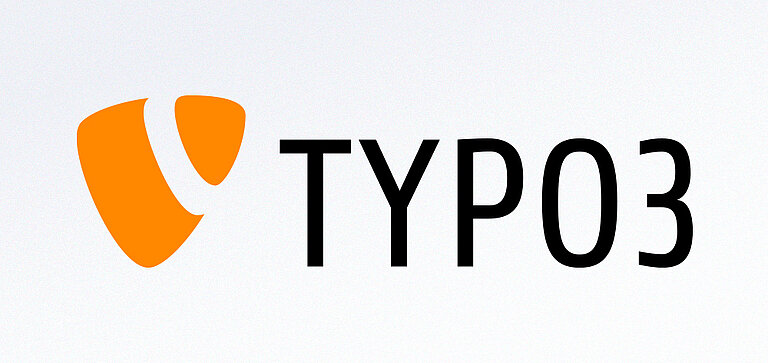
TYPO3 has been an open source CMS since 1998 and is particularly popular in German-speaking countries. It is built for large, complex web projects and offers multi-site management and support for multiple languages. With around 8,500+ extensions , it can be individually adapted to business requirements. Anyone looking for a CMS content management system for an enterprise project will find the necessary scalability and flexibility in TYPO3.
Find out more in our current TYPO3 blog .
Drupal Content Management Systems Overview
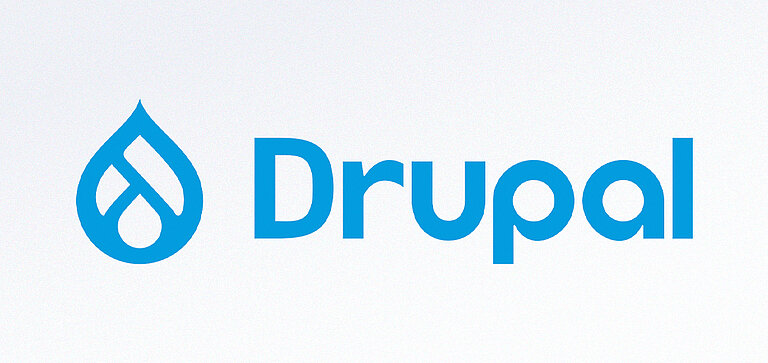
Drupal is a flexible, open-source CMS known for its scalability and customizability. It was released in 2001 and is popular for complex websites such as blogs, e-commerce platforms and community websites. With over 40,000 modules to extend functionality, it is used by large organizations and governments worldwide. Drupal's strength lies in its active community, security features and its ability to manage dynamic content on a large scale.
TYPO3 vs Drupal: Quick Facts
Function | TYPO3 | Drupal |
Year of publication | 1998 | 2001 |
Technology | PHP, MySQL, MVC | PHP, Symfony Framework |
Language support | 50+ languages | 100+ languages |
Extensions/Modules | ~40,000 modules | |
User base | Mainly Germany, Austria, Switzerland (DACH) | Global (mainly USA) |
Target groups | Large companies, government websites | Publishers, communities, NGOs |
Performance focus | Multilingualism, multi-site administration | Flexible content model, scalability |
Maintenance | LTS (3 years), ELTS (up to 4 years) | Regular updates of core & modules |
License costs | Free of charge (open source content management) | Free of charge (open source content management) |
Market share worldwide | ||
Known users | German Red Cross, Volkswagen Foundation | NASA, The Economist, Harvard University |
Option for complex projects | Preferred option for complex and scalable projects | Flexible content model for different requirements |
TYPO3 vs Drupal: Functional Comparison
1. User Interface & User-Friendliness
- TYPO3: Intuitive interface for editors. Learning curve through TypoScript. Drag-and-drop functionality allows users to create and manage content efficiently, promoting intuitive operation and minimizing training requirements.
- Drupal: Modern, accessible admin interface. Customizable, even for non-technical users. Drag-and-drop functionality greatly improves the usability and flexibility of the CMS.
2. Multilingualism & Multi-site Capability
- TYPO3: Native multilingualism, backend in user language possible, centralized management of multiple websites.
- Drupal: Over 100 languages, multi-site possible - but requires more configuration.
3. Extensions & Customization
- TYPO3: 8,500+ extensions in the TYPO3 extension repository, easy integration.
- Drupal: Over 40,000 modules, high flexibility, but technical know-how required.
4. Performance & Scalability
- TYPO3: High performance for complex pages, effective caching, PHP 8.0 compatible.
- Drupal: Large content volume and traffic, scalable architecture.
5. Security & Maintenance
- TYPO3: Regular updates with LTS and ELTS, security and compliance standards.
- Drupal: Strong security record, dedicated security team, regular patches.
6. SEO & Marketing Tools
- TYPO3: Integrated SEO system, optimizable URLs & metadata.
- Drupal: Extensive SEO modules, flexible taxonomy system.
7 AI Integration
- TYPO3: T3AI extension for content suggestions, analysis, personalization.
- Drupal: AI functions via third-party modules - more setup required.
8. Accessibility
- TYPO3: Focus on accessibility, EAA-compliant, extensions for support.
- Drupal: Extensive accessibility features, many modules to improve usability.
Note:"This information is based on publicly available sources and official documentation at the time of writing. Features, usage figures and market share are subject to change. Please visit the official websites of TYPO3 and Drupal for up-to-date data."
TYPO3 vs Drupal: Integration & Extensibility
Both platforms are flexible when it comes to connecting external tools. Can be integrated with, among others:
- E-commerce: Magento, Shopify
- CRM: Salesforce, HubSpot
- Marketing: Mailchimp, Matomo
TYPO3: Well-structured APIs, ideal for individual integrations with reliable performance, while maintaining strong TYPO3 Accessibility standards across sites.
Drupal: "API-first" approach, particularly suitable for headless setups and omnichannel content. Drupal is an excellent example of a headless CMS (content management system) that impresses with its flexibility and customizability.
TYPO3 and Drupal: Installation and Commissioning
The installation and commissioning of a content management system can shape the first impression and lay the foundation for future use.
TYPO3 offers a detailed TYPO3 installation guide that is suitable for both beginners and experienced developers. However, the installation requires some technical knowledge, especially when configuring the server and the database. TYPO3 uses TYPO3 Composer for package management, which facilitates the installation of extensions and updates. Once installed, TYPO3 offers a comprehensive TYPO3 backend interface that can seem a little overwhelming at first, but is very powerful after a short training period.
Drupal, offers a flexible and user-friendly installation process that begins with a web-based setup wizard. It supports multiple installation profiles, allowing users to tailor the CMS configuration to specific project requirements. Composer is also used for managing modules and dependencies.
Its modular structure provides a smooth start for projects of varying complexity. While technical knowledge is still helpful, the initial configuration is more customizable. Drupal's flexibility during installation appeals to developers and organizations seeking adaptable digital solutions.
TYPO3 and Drupal: Maintenance and Updates
Maintenance and regular updates are crucial for the security and performance of a CMS (content management system).
TYPO3 offers a structured update process with Long-Term Support (LTS) and Extended Long-Term Support (ELTS). LTS versions are supported for three years, while ELTS versions receive additional security updates for up to four years. This gives companies the security of knowing that their websites will be supported in the long term. TYPO3 updates are well documented, but often require technical expertise, especially for major version jumps.
Drupal relies on regular core updates and security patches that are monitored by a dedicated security team. The update frequency is higher than with TYPO3, which means that administrators have to install updates more frequently. On the one hand, this can increase security, but on the other hand it can also increase maintenance costs. Drupal also offers detailed instructions and tools for automating updates, which makes the process easier.
Both systems place great emphasis on security and stability, but TYPO3 offers longer support with its LTS and ELTS versions, while Drupal ensures continuous improvement and security through more frequent updates. Check your current TYPO3 version now with our free TYPO3 Version Checker.
Drupal and TYPO3: User-friendliness and Editing
The user-friendliness and efficiency of the editorial interface are crucial for day-to-day work with a CMS (content management system).
TYPO3 offers an intuitive user interface that has been specially developed for editors. The backend is clearly laid out and makes it easy to manage content. The learning curve can be steep at first, especially due to TypoScript, a custom scripting language for configuration. However, once editors are familiar with the interface, they can work efficiently and productively. TYPO3 also offers extensive rights management options, which is particularly advantageous in large organizations.
Drupal scores with a modern and accessible admin interface that can be easily adapted to the needs of users. User-friendliness is further enhanced by a wide range of modules and themes that make editorial work easier. Drupal also offers a flexible roles and permissions system that allows fine-grained control over access rights. The learning curve is flatter than with TYPO3, which makes it more attractive for beginners.
Both systems offer powerful editing interfaces, but TYPO3 requires more initial training, while Drupal stands out for its customizability and ease of use.
TYPO3 and Drupal: SEO Capabilities
Search engine optimization (SEO) is an essential factor for the success of a website.
TYPO3 offers integrated SEO tools that make it possible to optimize URLs, metadata and other SEO-relevant settings directly in the backend. Extensions such as Yoast SEO for TYPO3 and TYPO3 Accessibility Checker offer additional features to improve TYPO3 SEO performance. TYPO3 makes it possible to efficiently implement SEO strategies and increase visibility in search engines.
Drupal has a variety of SEO modules that enable comprehensive optimization. Modules such as Pathauto, Metatag and XML Sitemap are just a few examples that extend Drupal's SEO capabilities. Drupal's flexible taxonomy system enables precise categorization and tagging of content, which further improves SEO performance. The customizability of the SEO modules makes Drupal a powerful platform for search engine optimization.
Both systems offer strong SEO features, but Drupal scores with its modularity and flexibility, while TYPO3 impresses with its integrated tools and extensions.
TYPO3 and Drupal: Community and Support
Community support and available resources are crucial for the long-term success of a CMS (content management system).
TYPO3 has an active and dedicated community, especially in German-speaking countries. There are numerous forums, mailing lists and events that promote exchange and support. The TYPO3 Association also offers official TYPO3 training courses and certifications to ensure the quality and professionalism of TYPO3 developers.
Drupal has one of the largest and most active open source communities in the world. The Drupal community is known for its helpfulness and the wealth of resources available, including forums, documentation, training and events such as DrupalCon. The strong international presence of the community ensures that users can always find support.
Both systems benefit from strong communities, but Drupal has a slight advantage due to its global reach and wealth of resources. TYPO3, on the other hand, offers a close-knit and supportive community, especially in the DACH region.
These new sections provide a comprehensive comparison of the two CMS (content management systems) and help readers make an informed decision.
TYPO3 and Drupal: Real Stats
Category | TYPO3 | Drupal |
|---|---|---|
Market Share & Popularity | - 14.2 % market share in Germany | - ~1.2% of all websites globally |
Extension Ecosystem | - 8,500+ extensions | - 40,000+ modules |
Security & Stability | - 3 years Long-Term Support (LTS) | - Used by high-security organizations |
Performance & Scalability | - Supports multilingual multi-sites | - Headless architecture |
Regional Use & Community | - Popular with governments, universities, NGOs in DACH region | - Widely used in USA & UK |
Source: typo3.org, drupal.org
You can also find TYPO3 vs WordPress comparison here!
TYPO3 and Drupal: Practical Examples
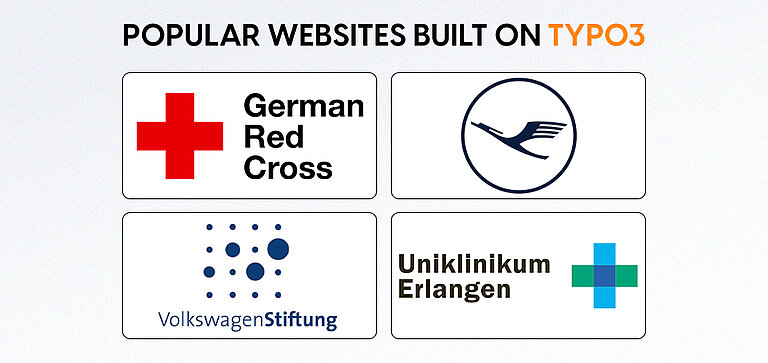
TYPO3 websites
- German Red Cross (DRK): Crisis information and donation platform
- Lufthansa Group: Content management across several brands
- Volkswagen Foundation: Multilingual funding portal
- University Hospital Erlangen: Medical research & health services
Drupal websites
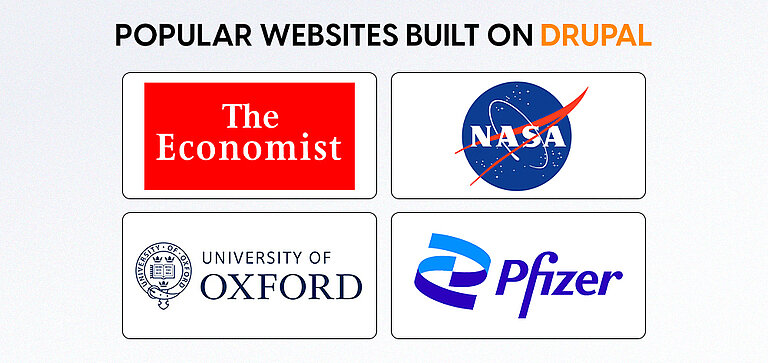
- The Economist: Media & subscription portal
- NASA: Science & Technology Portal
- Oxford University: Student & research management
- Pfizer: Product & knowledge platform in the healthcare sector
- Shopify: User-friendly platform for start-ups pursuing innovative approaches in sustainable fashion
Source: trends.builtwith.com
TYPO3 and Drupal: Pros and Cons
Pros:
Feature/Advantage | TYPO3 | Drupal |
|---|---|---|
Enterprise-readiness | Excellent for large, complex digital platforms | Flexible and scalable for complex structures |
Multilingual & Multisite | Native support, no extra setup required | Available via modules, but needs configuration |
Long-Term Support | LTS and ELTS support for extended project stability | Regular core updates with long support cycles |
Popularity by Region | Widely used in the DACH region (Germany, Austria, Switzerland) | Strong global presence, especially in USA, government, and education sectors |
Backend Usability | Clean and structured editor interface | Powerful but less intuitive by default |
Security | Stable release cycles and governance by TYPO3 Association | Highly secure with strong community auditing |
Community | Tight-knit and focused, especially in Europe | Large, global, and very active contributor base |
Customizability | Highly customizable through TypoScript and extensions | Extremely flexible with custom content types and modules |
Cons:
Challenge | TYPO3 | Drupal |
|---|---|---|
Learning Curve | Steep; TypoScript and setup require technical training | Also steep; complex admin interface and theming require expertise |
Extension Ecosystem | Smaller selection of extensions | Massive module library, but quality varies |
Global Reach | Primarily adopted in DACH countries (Germany, Austria, Switzerland) | Widely used across multiple continents |
Initial Setup | Requires deeper backend understanding | Can be time-consuming and module-heavy |
Upgrading | Well-structured, but older versions need planning | Major upgrades may require site rebuild or migration |
Hosting Requirements | Needs performance-optimized hosting for large setups | Can be resource-heavy, especially with many enabled modules |
Conclusion
And there you have it – a clear comparison between TYPO3 and Drupal! We hope this overview has helped you understand the pros and cons of both systems and guided you toward the right choice for your project. A CMS (Content Management System) plays a vital role, particularly when it comes to security, user experience, and community support. With TYPO3, features like a secure TYPO3 login, granular user permissions, and a strong developer community make it a robust option for long-term projects.
If you choose TYPO3, we will be happy to help you with the implementation. As a leading TYPO3 agency we offer customized CMS solutions for your company.
Contact NITSAN today - and let's realize your perfect website together!
FAQs:
TYPO3 is enterprise-focused with native support for multilingualism and multisite, ideal for structured content and complex setups. Drupal offers extreme flexibility and a huge module selection, suitable for customized applications and government use.
TYPO3 is better suited for large, multilingual and multi-site enterprise projects.WordPress is more beginner-friendly and ideal for blogs and small to medium-sized websites.
The default backend language of TYPO3 is English, but the system supports several languages by default.
Yes, TYPO3 is a free open source content management system published under the GNU General Public License.
For complex enterprise requirements, TYPO3, Drupal and Joomla are considered more powerful than WordPress - especially because of their scalability and customizability.
The cache lifetime in TYPO3 is configurable. It is 24 hours by default, but can be adjusted via TypoScript or extensions.
TYPO3 is particularly popular in Germany, Austria and Switzerland. It is used worldwide by companies that require robust multilingualism and multi-site functionality.
Yes, NASA uses Drupal for many of its public-facing websites - thanks to its high flexibility and strong content modeling capabilities.
Drupal has a steep learning curve, a complex setup and often requires technical know-how for updates and individual customizations.
Contact for Internet agency and TYPO3 projects
Sven Thelemann
Service Partner - Germany



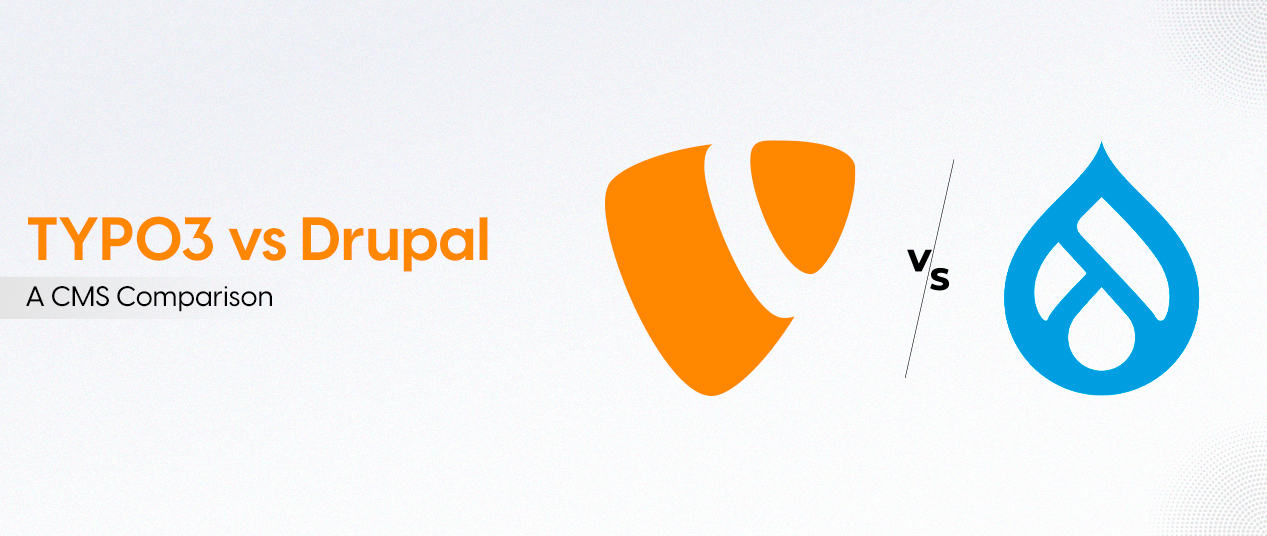
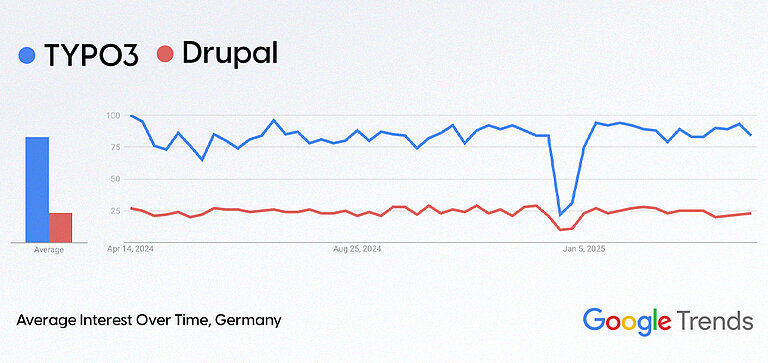
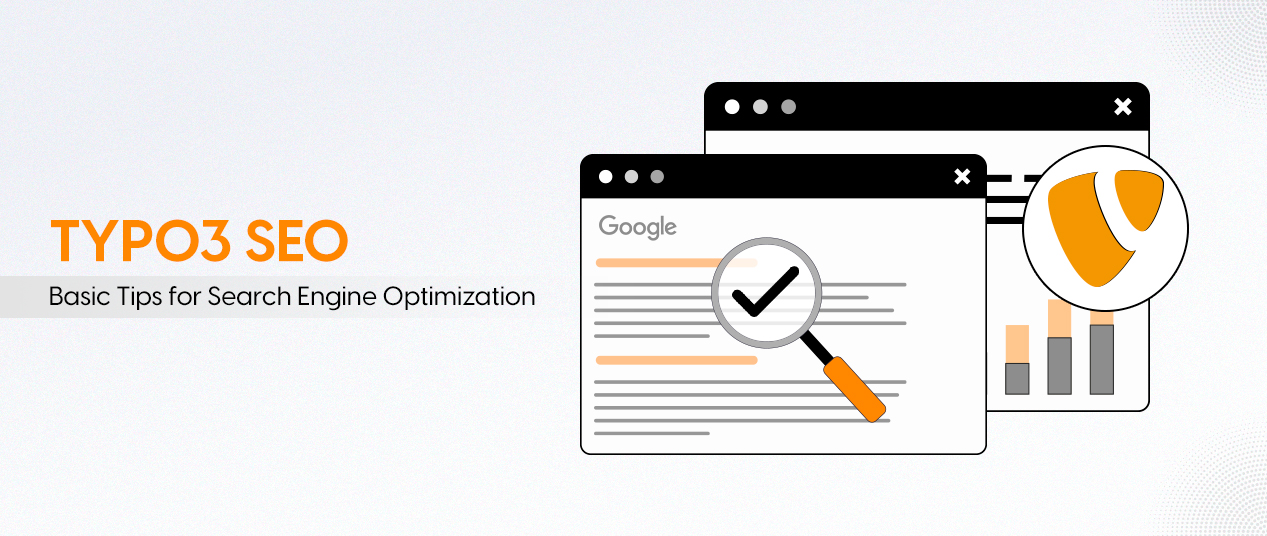
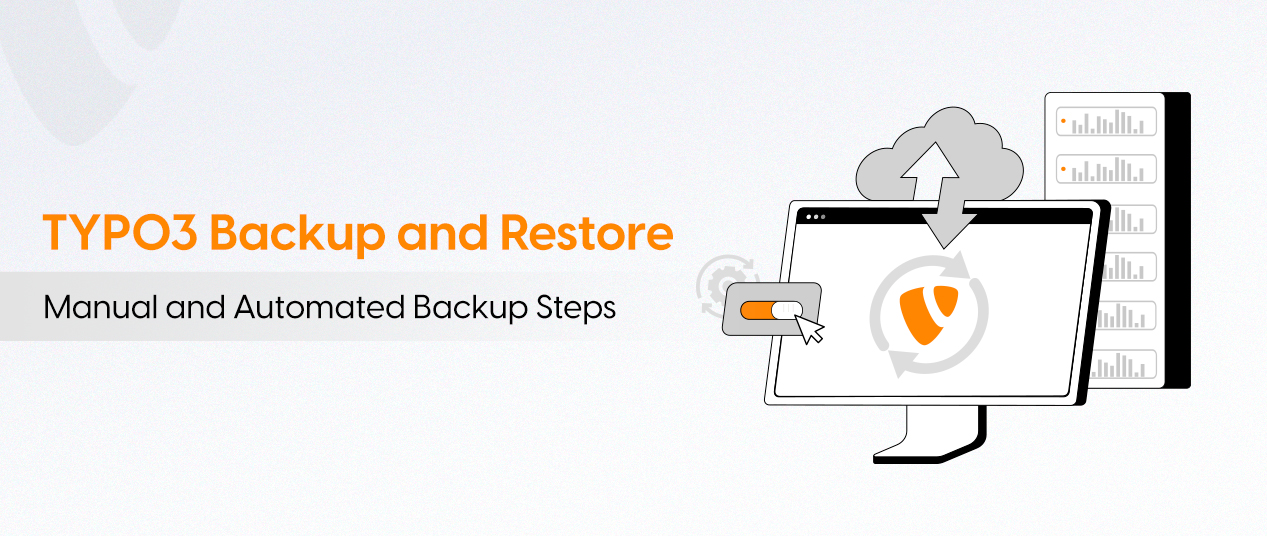
Be the First to Comment